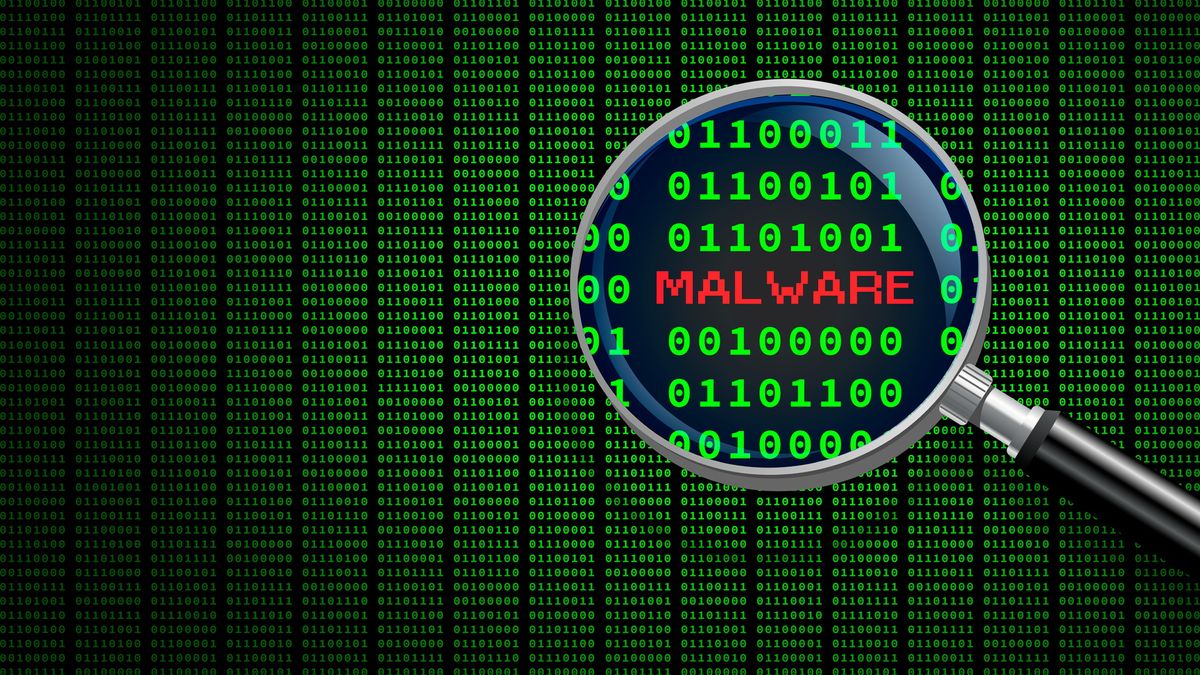Cybersecurity researchers from Minerva Labs have spotted a potentially dangerous malware (opens in new tab) strain written in a relatively new programming language called Nim.
The team has warned that a growing number of threat actors are porting their malware to Nim to better hide their tools from antivirus solutions and cybersecurity teams.
In this case, the Minerva researchers first found IceXLoader back in June 2022, when it was considered under development, as many of its core functions were still missing. Now, however, the malware has reached version 3.3.3, comes with quite a few dangerous features, and has already infected “thousands” of Windows devices – both at home, and in the office.
Cryptominers
When victims download and run IceXLoader (which usually happens after a successful phishing attack), it will do a number of things – from gathering metadata about the target endpoint (opens in new tab) (IP address, device name, OS version, hardware information, etc.), to installing a cryptocurrency miner for the Monero currency.
Monero is a popular choice among cybercriminals as it’s described as a “privacy coin” making tracing sent tokens virtually impossible.
Generally speaking, IceXLoader is stage-one malware in a multi-stage attack. It will drop additional malware to the target endpoint, depending on what the threat actors deem most useful for each individual device.
The malware is also relatively good at staying hidden. It obfuscates the code, doesn’t run inside Microsoft Defender’s emulator, and executes PowerShell with an encrypted demand, delaying executing the malware for 35 seconds. That way, it can avoid sandboxes, as well.
The researchers found the malware’s SQLite database file, and discovered “thousands of victim records”. They’ve begun notifying these people, it was added.
While the original version of IceXLoader went for $118 on the dark web, as per The Register, the cost of the new version is yet to be seen.
Via: The Register (opens in new tab)
Read More: news.google.com









 Bitcoin
Bitcoin  Ethereum
Ethereum  Tether
Tether  Solana
Solana  XRP
XRP  Dogecoin
Dogecoin  USDC
USDC  Cardano
Cardano  Lido Staked Ether
Lido Staked Ether  Avalanche
Avalanche  TRON
TRON  Toncoin
Toncoin  Stellar
Stellar  Wrapped stETH
Wrapped stETH  Shiba Inu
Shiba Inu  Wrapped Bitcoin
Wrapped Bitcoin  Polkadot
Polkadot  Chainlink
Chainlink  WETH
WETH  Bitcoin Cash
Bitcoin Cash  Sui
Sui  Pepe
Pepe  NEAR Protocol
NEAR Protocol  LEO Token
LEO Token  Uniswap
Uniswap  Litecoin
Litecoin  Wrapped eETH
Wrapped eETH  Aptos
Aptos  Hedera
Hedera  Internet Computer
Internet Computer  USDS
USDS  Cronos
Cronos  Ethereum Classic
Ethereum Classic  POL (ex-MATIC)
POL (ex-MATIC)  Bittensor
Bittensor  Render
Render  Artificial Superintelligence Alliance
Artificial Superintelligence Alliance  Ethena USDe
Ethena USDe  Arbitrum
Arbitrum  Filecoin
Filecoin  Celestia
Celestia  Dai
Dai  Algorand
Algorand  Stacks
Stacks  Bonk
Bonk  WhiteBIT Coin
WhiteBIT Coin  Cosmos Hub
Cosmos Hub